Technological Innovations
Technological advancements in sensors, battery life, and connectivity are driving the evolution of the Wearable Technology Market. Innovations such as improved biometric sensors and artificial intelligence integration are enabling wearables to provide more accurate health data and personalized insights. For instance, the introduction of advanced algorithms allows devices to analyze user data in real-time, enhancing user experience and engagement. Market data suggests that the integration of AI in wearables could lead to a 30% increase in user adoption rates. As technology continues to evolve, the potential for new applications and functionalities in wearables is vast, which may attract a broader audience and stimulate market growth.
Rising Health Consciousness
The increasing awareness of health and wellness among consumers appears to be a primary driver for the Wearable Technology Market. As individuals become more health-conscious, the demand for devices that monitor fitness levels, heart rates, and other health metrics is likely to surge. According to recent data, the health and fitness segment of the wearable technology market is projected to grow at a compound annual growth rate of approximately 23% over the next five years. This trend indicates that consumers are not only interested in tracking their physical activity but also in managing chronic conditions through wearable devices. Consequently, manufacturers are focusing on developing advanced health monitoring features, which may further enhance the appeal of wearables in the market.
Integration with Mobile Devices
The seamless integration of wearable technology with mobile devices is driving consumer interest in the Wearable Technology Market. As smartphones become ubiquitous, the ability to connect wearables to mobile applications enhances user experience and functionality. This integration allows users to receive notifications, track health metrics, and access various applications directly from their wearables. Data suggests that approximately 70% of wearable device users also utilize mobile apps, indicating a strong correlation between the two markets. As mobile technology continues to advance, the potential for enhanced connectivity and user engagement in wearables is likely to grow, further propelling market expansion.
Increased Adoption in Healthcare
The adoption of wearable technology in the healthcare sector is emerging as a significant driver for the Wearable Technology Market. Healthcare providers are increasingly utilizing wearables for remote patient monitoring, chronic disease management, and post-operative care. This trend is supported by data indicating that the use of wearables in healthcare could reduce hospital readmission rates by up to 20%. As healthcare systems seek to improve patient outcomes and reduce costs, the demand for wearable devices that facilitate continuous health monitoring is likely to rise. This shift not only benefits patients but also presents lucrative opportunities for manufacturers to innovate and expand their product offerings in the healthcare domain.
Growing Demand for Fitness Tracking
The surge in fitness tracking and activity monitoring is a notable driver for the Wearable Technology Market. Consumers are increasingly seeking devices that can help them achieve their fitness goals, leading to a rise in the popularity of smartwatches and fitness bands. Market analysis indicates that the fitness tracking segment is expected to account for over 40% of the total wearable technology market by 2026. This growing demand is prompting manufacturers to enhance their product features, such as GPS tracking, sleep monitoring, and personalized coaching. As fitness enthusiasts continue to prioritize health and wellness, the market for fitness-oriented wearables is likely to expand significantly.

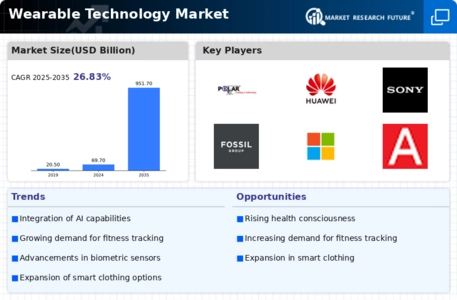
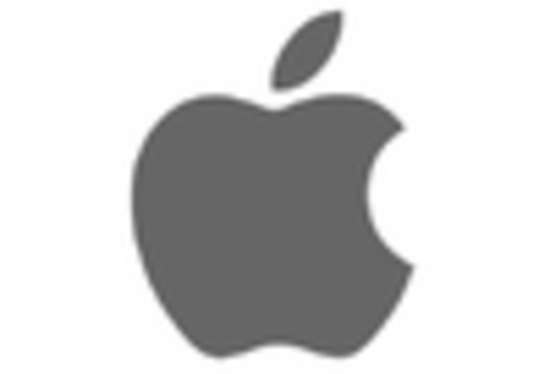

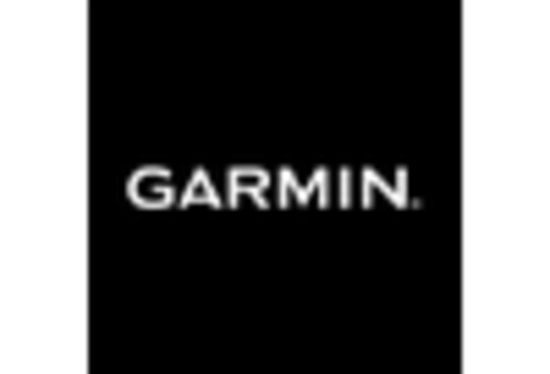

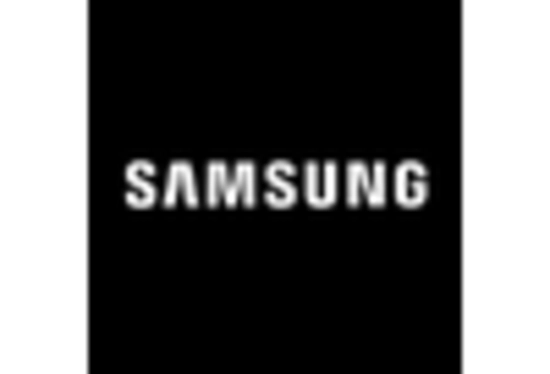
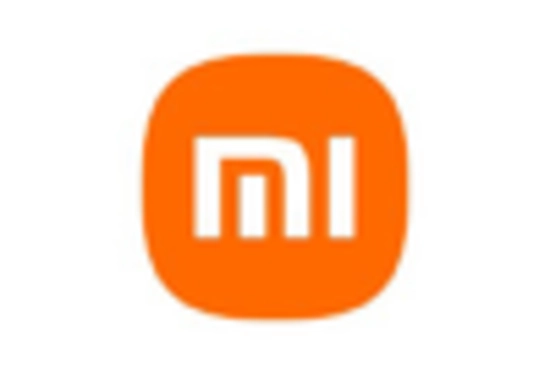








Leave a Comment